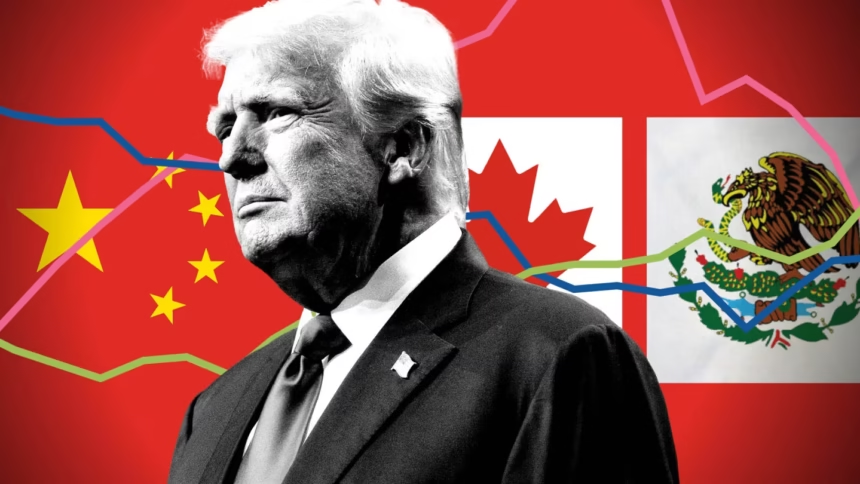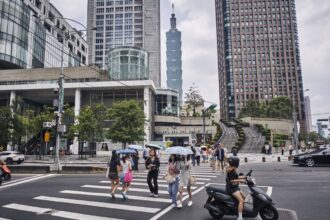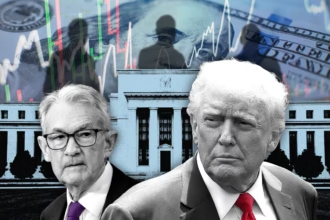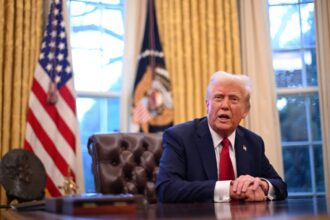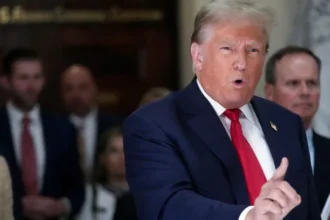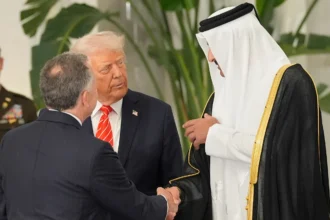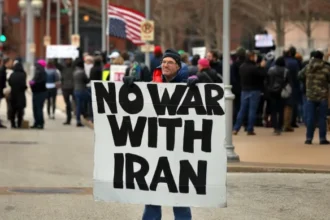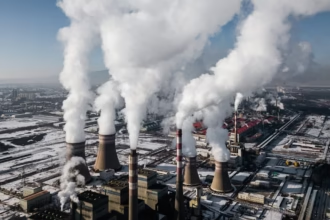Trade tariffs introduced during Donald Trump’s presidency have had lasting impacts on the global economic landscape. These tariffs, aimed primarily at China but also affecting other countries and sectors, reshaped supply chains, trade flows, and international relations. Here’s how they continue to affect global economies:
1. Disrupted Global Supply Chains
Trump’s tariffs on Chinese goods forced many companies to rethink their supply chains. To avoid steep import taxes, businesses shifted production to other countries like Vietnam, Mexico, and India. This restructuring:
- Increased costs and complexity for manufacturers.
- Led to delays and shortages in some sectors.
- Accelerated diversification away from China, impacting Chinese exports and growth.
2. Increased Costs and Inflation
Tariffs effectively act as taxes on imported goods, pushing up prices for businesses and consumers worldwide. The higher costs:
- Were often passed down as increased retail prices.
- Contributed to inflationary pressures, particularly in electronics, machinery, and consumer goods.
- Forced some companies to absorb costs, squeezing profit margins.
3. Retaliatory Measures and Trade Wars
Affected countries, especially China, retaliated with their own tariffs on U.S. goods. This tit-for-tat escalated trade tensions, harming exporters globally. Countries caught in the crossfire saw:
- Declining exports to both the U.S. and China.
- Reduced investor confidence in affected industries.
- Uncertainty that dampened business investments.
4. Impact on Emerging Markets
Emerging economies reliant on export-driven growth faced challenges as global trade slowed and shifted. Some countries benefited from new manufacturing opportunities, while others suffered from reduced demand and higher input costs.
5. Shifts in Trade Alliances
Tariffs prompted countries to seek alternative partnerships and trade agreements, reshaping geopolitical dynamics. For example:
- The USMCA replaced NAFTA, adjusting North American trade rules.
- The Regional Comprehensive Economic Partnership (RCEP) gained momentum among Asia-Pacific nations.
- Countries pushed for bilateral agreements to bypass tariff barriers.
6. Long-Term Economic Uncertainty
Tariffs contributed to a more fragmented and unpredictable global trade environment. This uncertainty has:
- Slowed global economic growth.
- Increased risks for multinational companies planning investments.
- Pushed some governments toward protectionist policies.
In Conclusion
Trump’s trade tariffs disrupted global commerce in profound ways—driving supply chain realignments, fueling inflation, provoking retaliatory measures, and reshaping trade relationships. While some regions adapted and found new opportunities, others faced significant headwinds. The full economic effects continue to evolve as countries respond to this shifting trade landscape.

